Hipster Christian Housewife
When New York was wild: Return to city conjures up memories of gritty, magical place
I saw the Freedom Tower last week. It’s the new, lead building on the site of the World Trade Center in lower Manhattan. Lit by a hundred stories of construction lights but not yet occupied, it reminded me of the fields of oil refineries we drive through in Louisiana on our way back to Houston from New Orleans.
Miles of ghost cities, which from a distance look like actual cities, break up the long dark stretches of bayou with their shimmering possibility. But when your car comes upon them, your mouth watering for a sip of iced tea or you needing to use the bathroom, you are sadly mistaken. There’s nothing there.
The first time I made this drive I was a recent pilgrim from New York. I’d watched 9/11 happen from the Manhattan Bridge and decided it was time to head south.
The first time I made this drive I was a recent pilgrim from New York, 20-something and newly engaged. I’d watched 9/11 happen from the Manhattan Bridge and decided it was time to head south. I soon learned the menacing swamps and miles of flat, vacant land on 1-10 between East Texas and Western Louisiana were dotted with oil refineries that flickered like fireflies pointing the way to nowhere.
Freedom Tower is the same. It’s a ghost building. The lights are not the warm yellow halos of human activity and industry, at least not yet; they’re the ugly blue-light beacons of the inanimate.
A new arrival
When I first got to New York I was young. I was 15 and armed with a fake ID, and it wasn’t six months before I was sneaking into 7B on the weekends, a burn-out bar on the perimeter of Tompkins Square Park. Around the corner, Jeff Buckley was singing his heart out at Sin-e (shi-nay), recording a groundbreaking album among the syringes and uptown tourists, forging the way for a thousand crooners to come.
In those days nobody went to the East Village, it was known as the Lower East Side, L.E.S to the locals, who were mostly strung out single mothers and squatters. My high school boyfriend was an amateur tattoo artist and the offspring of two Israeli rock stars.
I wasn’t there to drink, per se, but to watch. My goal was to be on the inside of whatever was happening in those dark corner.
He took me downtown for the first time, beckoned to me from the back door of the bar, unafraid to sneak me in under his leather motorcycle jacket.
I wasn’t there to drink, per se, but to watch. My goal was to be on the inside of whatever was happening in those dark corners. I wanted to see by the light of that busted jukebox blaring Sex Pistols, the Smiths, and Nirvana; broken Budweiser bottles crunching underfoot.
The summer before I started college in Pittsburgh, I got an internship at Interview Magazine and spent my days hanging around the SoHo office trying to look busy.
I was by far the youngest intern, barely 18, and to my mother’s horror I went to work everyday in cut off jean shorts and Doc Martens, sporting oversized gas station attendant shirts with names like Moe or Tom stitched across the breast pocket.
I was painfully insecure, but I looked cool enough. At Interview I seemed to fit in for the first time in my life.
East Village action
At night, my best friend Reilly and I would drive her mother’s Buick station wagon down to the East Village from my apartment on the Upper West Side. Armed with her 35mm camera while I sported a fake nose ring, we traipsed up and down Houston Street (pronounced House-ton, not Hues-ton), looking for action.
It was New York in the summer of 1993. There was nothing but action and we were jailbait.
Three years later he would be dead from a heroin overdose, and Sublime's first major label record would sell five million copies.
We'd started a zine called "Miss Moneypenny." It was music reviews and poetry mostly, on a dozen or so hand-sewn, xeroxed pages. We landed our first big interview with an unknown band from California called Sublime.
Reilly had fallen in love with their surfer-ska-punk sound at a house party in L.A. the summer before and got to know the band's manager. He put us on the list for their first New York show at Coney Island High, a dive on St. Mark's Place.
I remember standing on the sidewalk after the show, next to Brad Nowell who was the lead singer, awkwardly smoking and twirling my hair. Brad looked bummed out, staring at his feet while we waited for the van so the band could load up their equipment. Someone said Brad missed his girlfriend.
Three years later he would be dead from a heroin overdose, and Sublime's first major label record would sell five million copies.
Looking for a story
But that summer, Reilly and I, always looking for a story, finally landed on Ludlow Street, then a littered throughway to nowhere with one bodega aptly named “La Esperanza.” There was a bar called Max Fish and a fledgling store-front art gallery called “Alleged.”
Alleged was owned and operated by a 24-year-old Los Angeleno named Aaron Rose who slept in a loft above the gallery space and entertained friends and luminaries in his dimly lit apartment in back.
They were gorgeous, elaborate, hand drawn mini-masterpieces, examples of his own stunning artwork; pieces I was too stupid or naive to save.
Aaron was slender, young and brooding, always sporting a fedora or baseball cap. The artists Aaron showcased were always young, like him, and most were pro-skateboarders.
Their work was stunning, visceral, shocking. It was not the soft, predictable work you would find a half mile west in the galleries of SoHo. It was exciting. Over the years that followed, while I was away at college, Aaron would send me "art mail" updates on the goings on at the Ludlow Street gallery.
They were gorgeous, elaborate, hand drawn mini-masterpieces, examples of his own stunning artwork; pieces I was too stupid or naive to save.
In the summers between semesters Reilly and I would show up at the gallery on weekday nights with a dozen others to help Aaron paint before he hung new work each month.
Photographs of lithe skater boys with “love” and “hate” tattoed across their knuckles were intertwined with copious shots of naked or half naked girls, hung beside photographs of those same skaterboys suspended mid-air in one death defying trick after another. The gallery patrons were mostly the neighborhood skaters with some international celebrities woven in, though I had no clue who they were, nor did I, or anyone, really care.
Most of us were underage and coming to drink, to hang out, to see something, to be a part of something.
(Sidenote: In 2008 Aaron Rose directed a documentary about Alleged called Beautiful Losers. If you don't blink, about 8 seconds in you can see me in the opening party scene. )
When the art opening was over and Aaron pulled down the metal grate in front of the gallery, shuttering it for the night, we moved on to Max Fish. Most of us sat outside the bar and sipped malt liquor from a paper bag. There were no cops anywhere, the paper bag was a formality, but there was always action, especially as the night wore on.
I wasn’t so much into drinking as I was into watching, loitering and listening. I sat beside Matt Dillon on a sidewalk grate for hours one night while he flirted and told stories to a half dozen enthralled girls.
Flea (bassist for the Red Hot Chili Peppers) walked into the bar one night around 2 a.m, then emerged to chat for a few minutes with Mike Mills —a well-known photographer and filmmaker. I watched, starstruck, as Flea strode up the block to Houston where he hopped into a cab.
I’d heard Johnny Depp showed up one night and a fight broke out. Harmony Korine and Chloe Sevigny were almost always there, they were the unofficial King and Queen of the L.E.S kids we followed around like puppy dogs.
Chloe was already starring in music videos and Harmony was writing a script. He sat beside me at a pizza shop one night and told me he was going to be famous, which of course he soon was.
Watching from the sidelines
New York was wild and I watched it from the sidelines. But I always hopped on the N train before sunrise, or climbed back in Reilly’s mom’s car, to make the long drive up the West Side Highway to my mother's apartment which was a galaxy away from the world we inhabited by night below 14th street.
My apartment was air-conditioned, and more than once when she was out of town, Reilly and I would pile our new friends in the car and ferry them uptown, giving them a couch or a futon to sleep on when the summer heat soared past 100 degrees.
We were bougie punk kids masquerading as punk kids, but those weeks on the L.E.S changed my perspective forever.
We were bougie punk kids masquerading as punk kids, but those weeks on the L.E.S changed my perspective forever. I was immersed in art and artists, in dare makers and risk takers. And they were all barely 25.
The summer before my sophomore year in college I got word that the kids we’d hung out with that summer were making a movie, aptly titled, Kids. Go watch it. I’m not going to take up anymore of your time, reader, by summarizing it. It’s dark, sad, gorgeous and devastating.
And within a few years, more than a few of its actors would either be dead from their own hand, (drugs, suicide)—or massively famous. Or both.
But that seminal summer the universe seemed to be zeroing in on our little bombed out three-block radius. Excitement and success and possibility invaded the embryonic bubble we happily inhabited. The cast of characters changed. Rents went up. Punk kids were replaced by business savvy entrepreneurs.
And Giuliani took office, flooding the streets with cops who readily issued summons to underage drinkers, “cleaning up the streets of Manhattan,” as the mantra would go. Which, at the time, mostly meant pushing all the crime and homelessness out to the outer boroughs.
Artists moved further and further out—Brooklyn, Queens, then scattershot all over the country. Financiers, expats, and frat boys moved in.
Artists moved further and further out—Brooklyn, Queens, then scattershot all over the country. Financiers, expats, and frat boys moved in.
Today, to me, the East Village is like an Epcot Center re-creation of the East Village. There’s a Whole Foods on Houston Street for God's sake, in the exact same spot where I attended a warehouse party the summer I turned 18 and marveled at how anyone could charge $5 for a Heineken. The times they have a'changed.
I left New York after 9-11, and though I was born there, I’d only been an official resident for 12 years. A lot has changed in the nearly dozen years since I’ve left New York. I’ve been back only twice, the second time was this past week when my husband, daughter and I traveled to New York so our band, The Rebecca West could play a show at The Bowery Ballroom.
As our taxi sailed toward Manhattan from JFK, I caught that glimpse of the Freedom Tower that will forever be etched on my brain.
New York moves fast, everybody knows that.
My friends are all gone—to Hollywood, to Seattle, to the suburbs, to other cities more hospitable to artists.
For better or worse the neighborhood and its landmarks have changed, morphed, grown up. I guess all I can do is try and catch up.
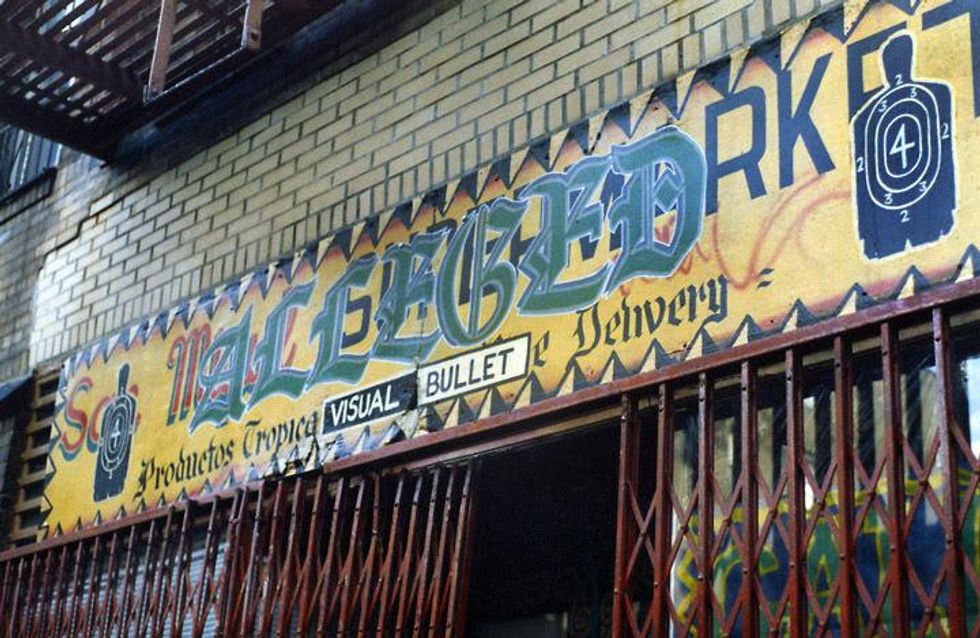
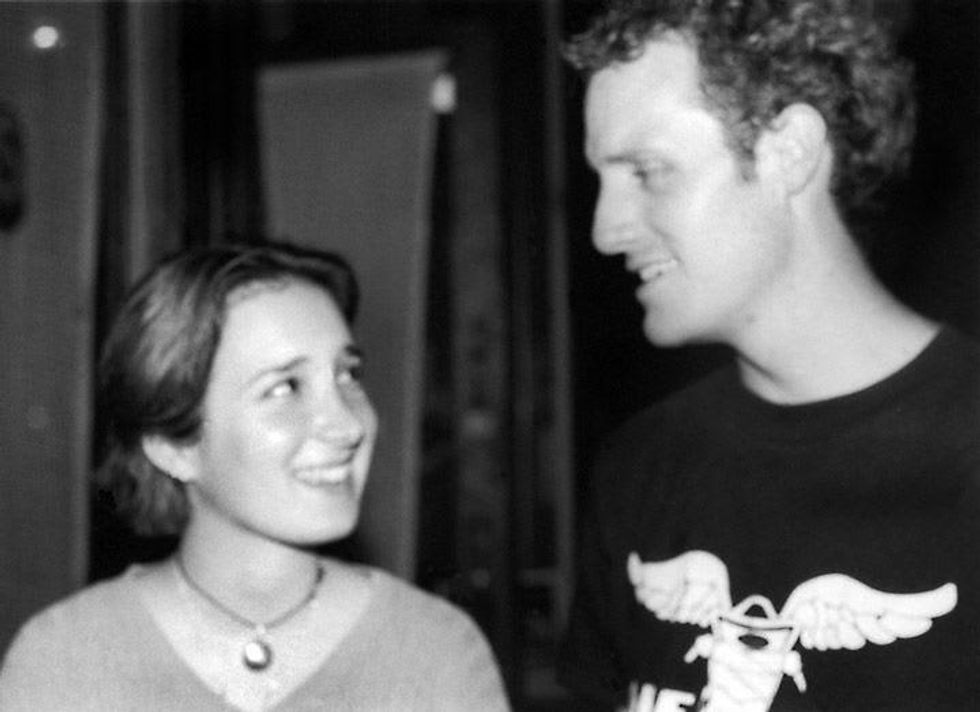
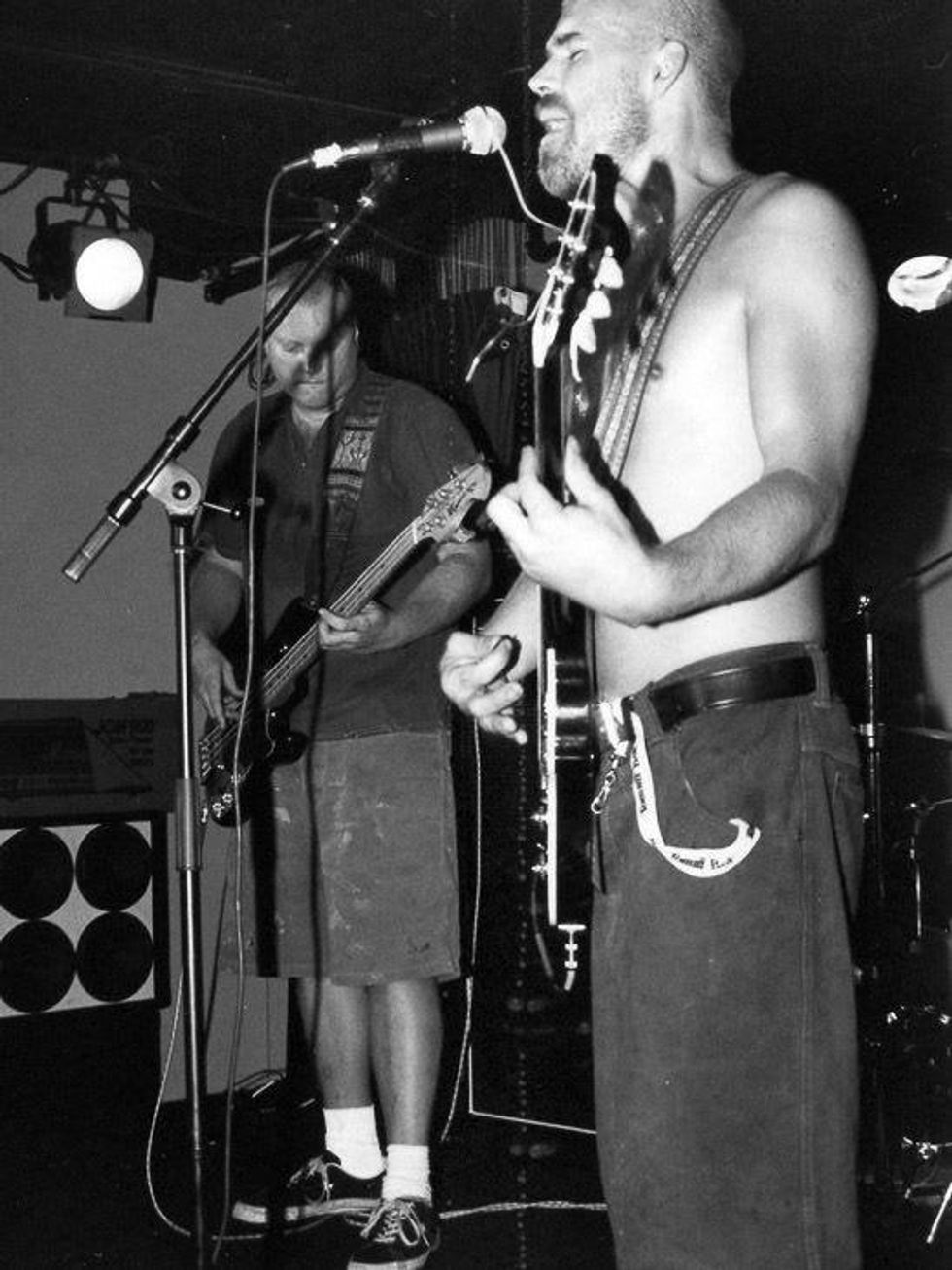
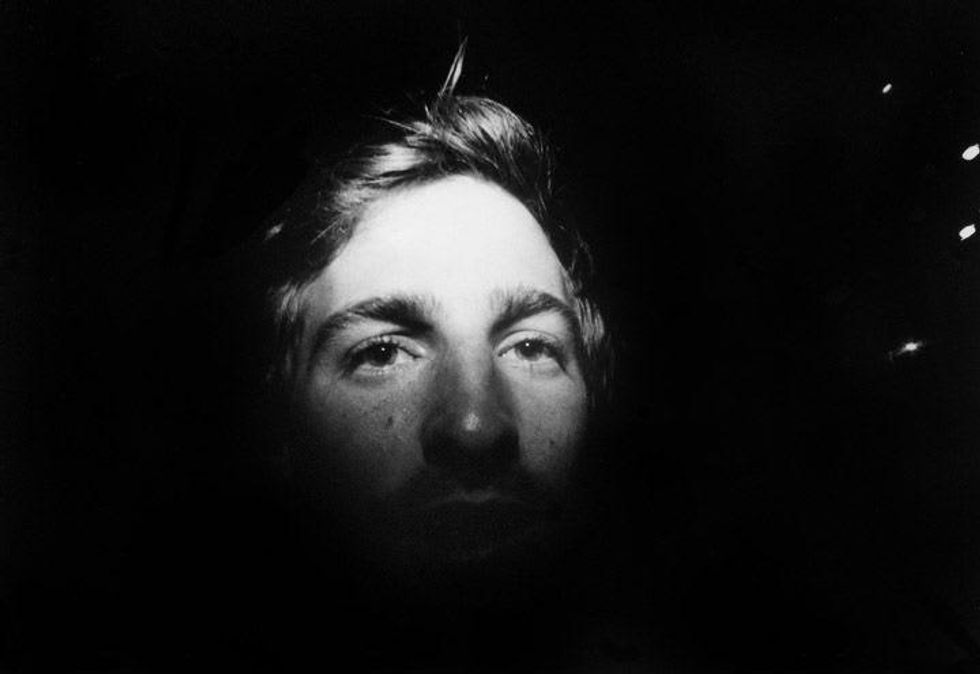


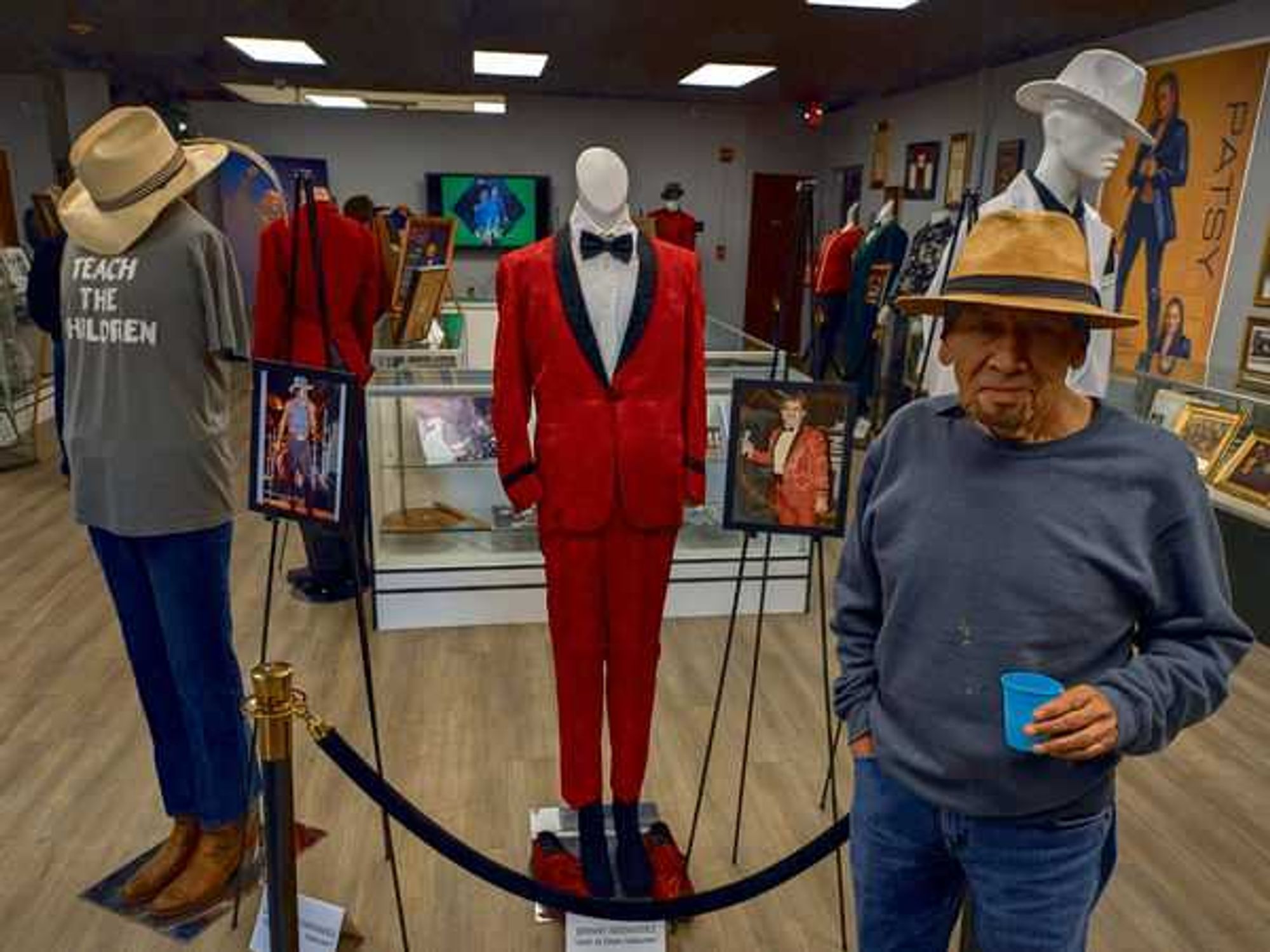
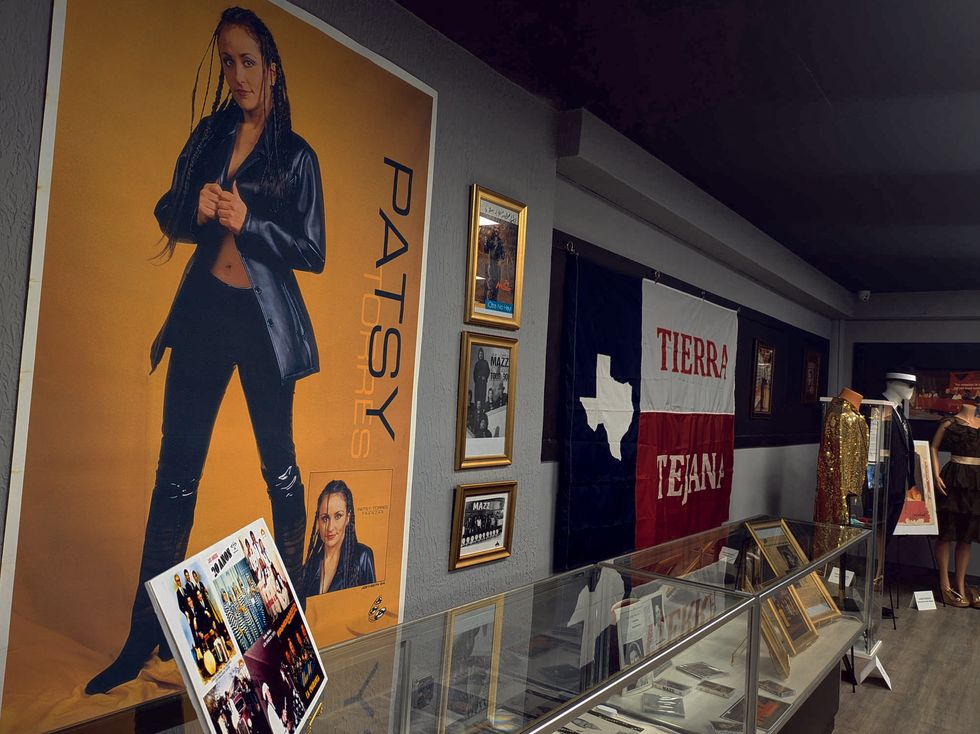 The newly opened Totally Tejano Hall of Fame and Museum includes a growing collection of memorabilia. Photo by Edmond Ortiz
The newly opened Totally Tejano Hall of Fame and Museum includes a growing collection of memorabilia. Photo by Edmond Ortiz